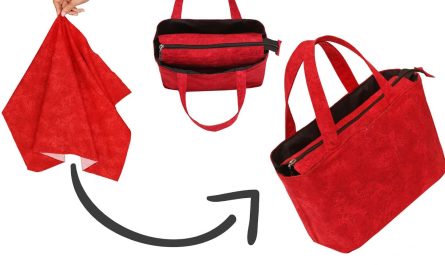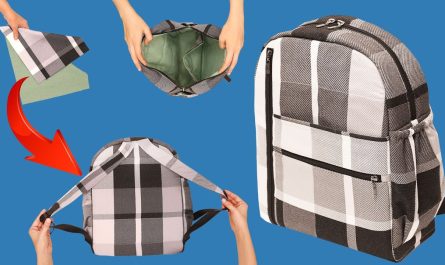A zipper shoulder bag is a fantastic project for any sewist, offering both style and security for your daily essentials. Whether you’re heading to work, running errands, or enjoying a day out, a handmade zippered bag keeps your belongings safe and organized. This guide will walk you through creating a versatile and practical shoulder bag, perfect for personal use or as a thoughtful gift.
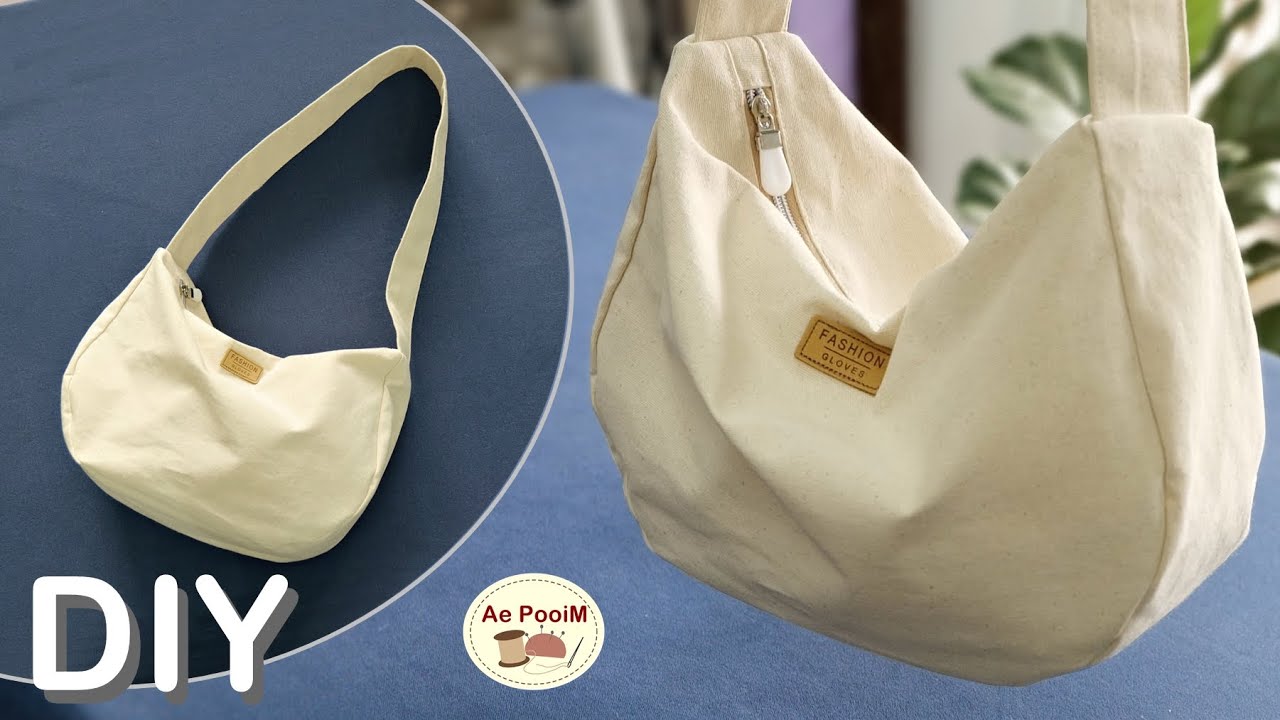
Stitching Security & Style: How to Make a Zipper Shoulder Bag
There’s something uniquely satisfying about carrying a bag you’ve made yourself, especially when it combines functionality with a personalized touch. A zipper shoulder bag offers the best of both worlds: the ease of a shoulder strap with the added peace of mind that a secure zipper provides. This detailed tutorial will guide you through each step, ensuring you create a sturdy, stylish bag that will be a go-to accessory.
What You’ll Need:
Before you start, gather all your materials. Having everything ready will make your sewing process smooth and enjoyable.
- Fabric:
- Main Exterior Fabric: 1/2 yard (0.45 meters) of a medium to heavy-weight woven fabric. Good choices include canvas, duck cloth, denim, twill, or a sturdy home décor fabric.
- Lining Fabric: 1/2 yard (0.45 meters) of a medium-weight woven fabric. Quilting cotton, broadcloth, or a lighter canvas works well for a neat interior.
- Accent Fabric (for strap/strap connectors, optional): 1/4 yard (0.23 meters) of a complementary fabric if you want a contrasting strap.
- Interfacing (Highly Recommended for Structure):
- Heavyweight Fusible Interfacing: 1/2 yard (0.45 meters). Products like Pellon SF101, Pellon 809 Decor-Bond, or Decovil Light will give your bag excellent structure and durability.
- Zipper:
- Main Bag Zipper: One 16-inch (40 cm) nylon coil zipper. Nylon zippers are durable and easy to sew around.
- Hardware:
- D-rings (2): 1-inch (2.5 cm) or 1.5-inch (3.8 cm) internal diameter, depending on your desired strap width.
- Swivel Clasps (2): To match your D-rings.
- Strap Adjuster Slide (1): To match your D-rings.
- Thread: All-purpose polyester thread that matches or complements your fabrics.
- Tools:
- Sewing machine with a zipper foot
- Fabric scissors or rotary cutter and mat
- Measuring tape or ruler
- Fabric marker or tailor’s chalk
- Pins or fabric clips
- Iron and ironing board
- Safety pin or loop turner (for turning strap)
Understanding the Bag Design & Cutting Dimensions:
This guide will create a versatile shoulder bag approximately 14 inches wide x 10 inches tall x 4 inches deep (35.5 cm x 25.5 cm x 10 cm). Feel free to adjust these dimensions, but remember to recalculate your fabric needs accordingly.
- Main Bag Panels (Cut 2 each):
- Exterior Fabric: 15″ W x 11″ H (38 cm x 28 cm)
- Lining Fabric: 15″ W x 11″ H (38 cm x 28 cm)
- Heavyweight Fusible Interfacing: 14″ W x 10″ H (35.5 cm x 25.5 cm) (Fuse centrally on wrong side of exterior fabric)
- Side/Bottom Gusset (Cut 1 each):
- Exterior Fabric: 5″ W x 32″ L (12.7 cm x 81 cm)
- Lining Fabric: 5″ W x 32″ L (12.7 cm x 81 cm)
- Heavyweight Fusible Interfacing: 4″ W x 31″ L (10 cm x 78.7 cm) (Fuse centrally on wrong side of exterior fabric)
- Zipper Panel Strips (Cut 2 each):
- Exterior Fabric: 15″ W x 2″ H (38 cm x 5 cm)
- Lining Fabric: 15″ W x 2″ H (38 cm x 5 cm)
- Strap Connector Tabs (Cut 2):
- Exterior Fabric: 4″ W x 2″ H (10 cm x 5 cm)
- Heavyweight Fusible Interfacing: 3″ W x 1″ H (7.6 cm x 2.5 cm)
- Adjustable Strap Piece (Cut 1):
- Exterior Fabric (or Accent Fabric): 4″ W x 45″ L (10 cm x 114 cm) (Adjust length for desired shoulder fit)
- Heavyweight Fusible Interfacing: 3″ W x 44″ L (7.6 cm x 111.7 cm)
Note: All seam allowances are 1/2 inch (1.25 cm) unless otherwise stated.
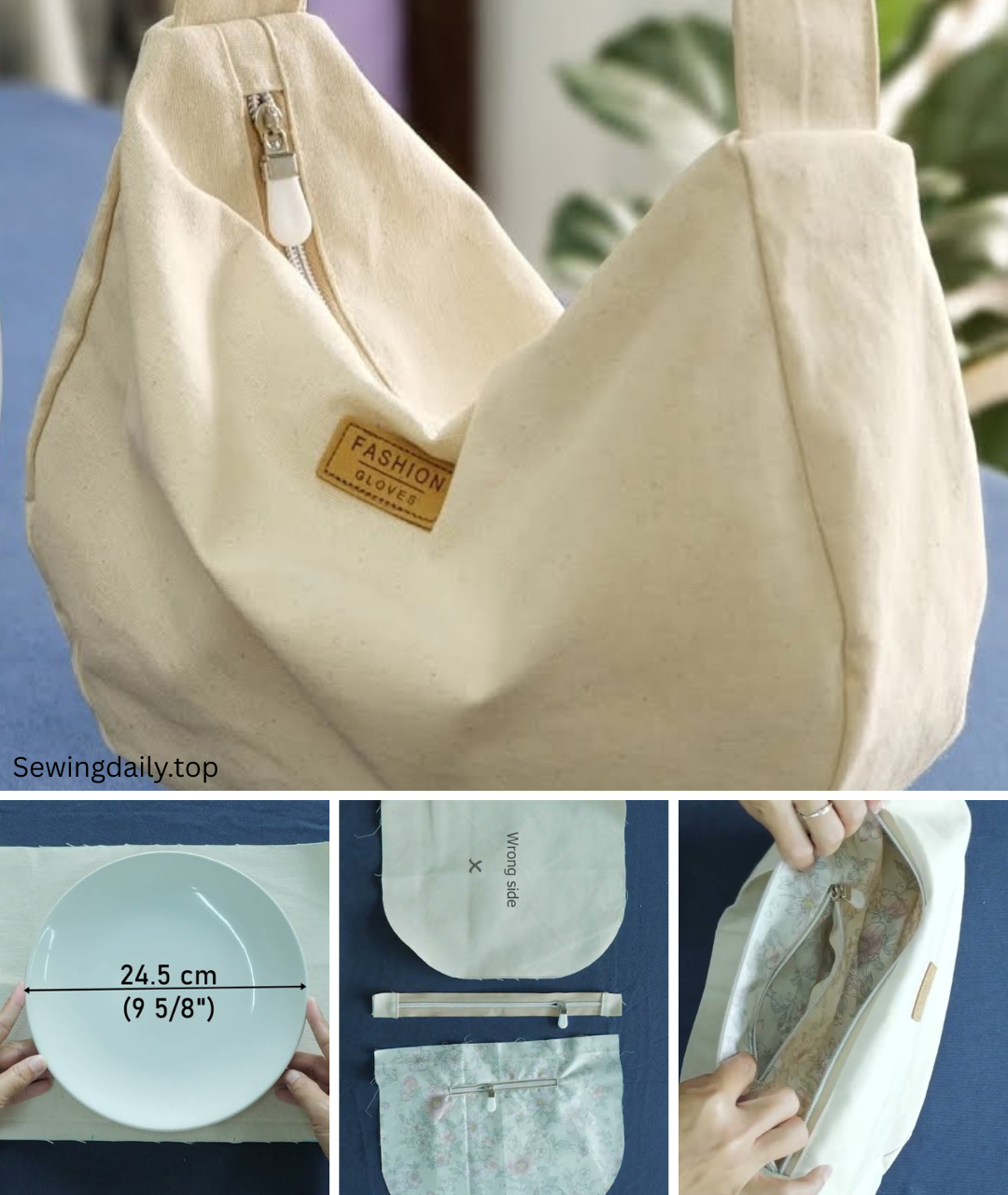
Step-by-Step Sewing Instructions:
1. Prepare Fabric & Fuse Interfacing
- Cut all fabric pieces according to the dimensions provided above.
- Fuse interfacing: Center and fuse the heavyweight fusible interfacing to the wrong side of all your exterior fabric pieces (Main Bag Panels, Gusset, Zipper Panel Strips, Strap Connector Tabs, Adjustable Strap Piece). Press firmly and evenly to ensure proper adhesion. This is crucial for your bag’s structure.
2. Assemble the Adjustable Shoulder Strap
- Take your quilted adjustable strap piece. Fold it in half lengthwise, wrong sides together, and press firmly.
- Open it up. Fold each long raw edge inwards to meet the center crease you just made. Press firmly again.
- Now, fold the entire strap in half along the original center crease, enclosing all raw edges. Press well. Your strap should now be 1 inch (2.5 cm) wide with all raw edges neatly tucked inside.
- Topstitch along both long edges of the strap, about 1/8 inch (0.3 cm) from the edge. This secures the strap layers and gives it a professional, finished look.
- Attach strap hardware:
- Thread one end of the strap through one swivel clasp. Fold the strap end over by about 1 inch (2.5 cm) and stitch it down securely, forming a loop around the clasp. Stitch a rectangle with an “X” through it for maximum strength.
- Take the other end of the strap and thread it through the strap adjuster slide, going over the middle bar. Pull through about 2 inches (5 cm).
- Now, thread the remaining swivel clasp onto this end of the strap.
- Loop this strap end back through the strap adjuster slide, going under the middle bar. This creates your adjustable loop.
- Fold the raw end over by about 1 inch (2.5 cm) and stitch it down securely, forming a loop around the adjuster slide. Stitch a rectangle with an “X” through it.
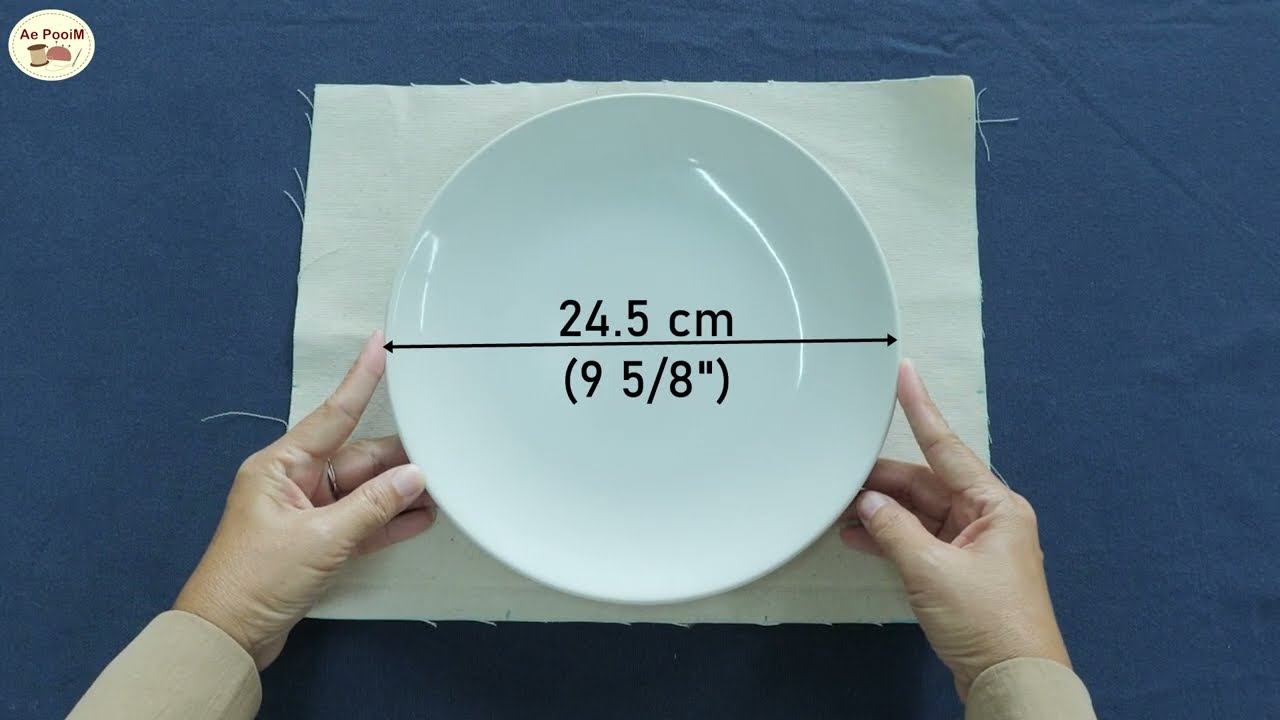
3. Prepare the Strap Connector Tabs
- Take each strap connector tab piece. Fold it in half lengthwise, wrong sides together, so it measures 2″ W x 2″ H (5 cm x 5 cm). Press.
- Open it up. Fold the long raw edges in to meet the center crease. Press. Now fold the entire piece in half along the original center crease. Press again. You should have a sturdy strip measuring 1 inch (2.5 cm) wide x 2 inches (5 cm) high with all raw edges enclosed.
- Topstitch along both long edges, 1/8 inch (0.3 cm) from the edge.
- Thread one D-ring onto each tab. Fold the connector in half around the D-ring, creating a loop with the D-ring at the top. The raw ends should be aligned. Baste the raw ends together with a 1/8 inch (0.3 cm) seam allowance.
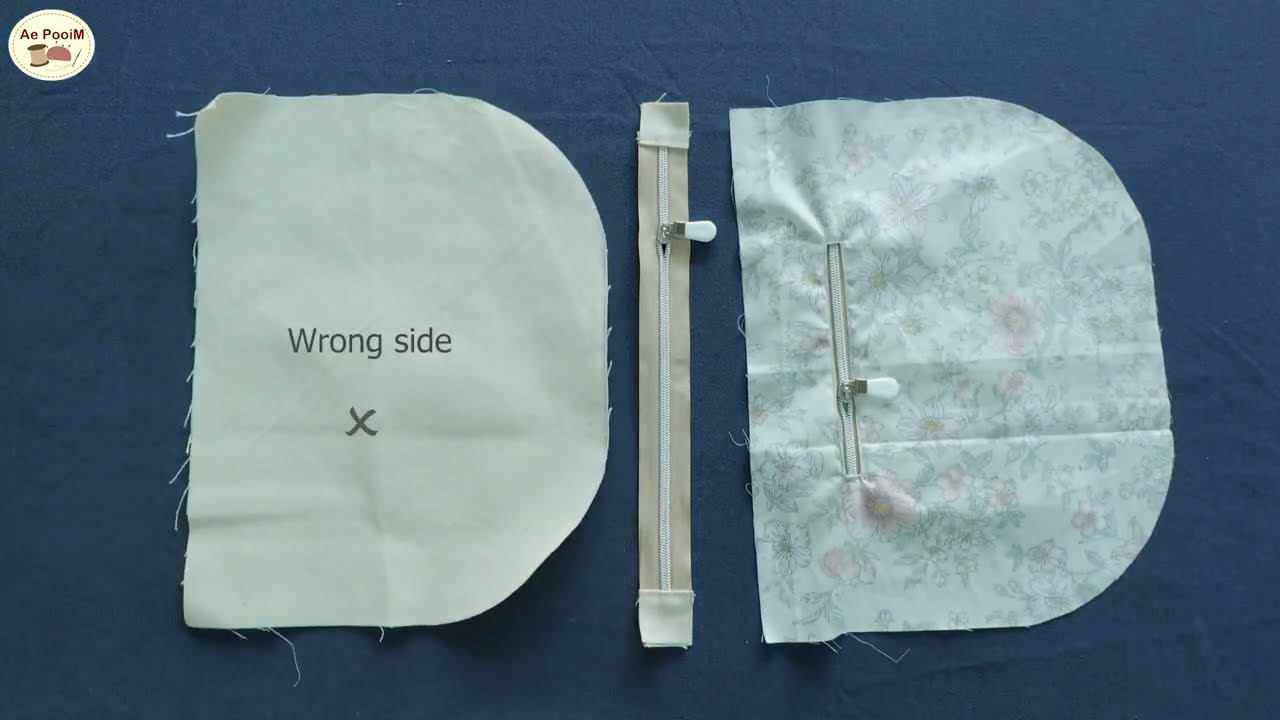
4. Assemble the Zipper Panel
- Take one Exterior Zipper Panel Strip (15″ W x 2″ H). Place your main zipper right side down along one of the long edges. Align the top edge of the zipper tape with the top edge of the fabric. Pin in place.
- Place one Lining Zipper Panel Strip (15″ W x 2″ H) on top of the zipper and the exterior strip, right side down, aligning all raw edges. The zipper is now sandwiched between the exterior and lining pieces. Pin.
- Using your zipper foot, stitch along this edge with a 1/2 inch (1.25 cm) seam allowance, sewing through all three layers (exterior, zipper tape, lining).
- Press the fabric pieces away from the zipper teeth, so the exterior and lining are pulled flat. Topstitch along the folded edge, 1/8 inch (0.3 cm) from the zipper teeth, through all layers.
- Repeat steps 1-4 for the other side of the zipper, attaching the remaining exterior and lining zipper panel strips. You should now have a continuous zipper panel with exterior fabric on one side and lining fabric on the other.
5. Assemble the Bag Bodies (Exterior and Lining)
- Exterior Bag:
- On your Exterior Main Bag Panels, mark the center of the top and bottom edges.
- On your Exterior Gusset piece, mark the center of each short end and the center of the long edges (which will be the bottom of the bag).
- Take one Exterior Main Bag Panel. At its top corners, place the raw ends of the strap connector tabs, aligning them with the top raw edge of the panel and ensuring the D-ring points downwards into the bag. Position them about 1.5-2 inches (3.8-5 cm) in from the side edges. Baste securely within the 1/2 inch (1.25 cm) seam allowance.
- Align the center mark of the gusset’s long edge with the center mark of the bag panel’s bottom edge, right sides together. Pin, starting from the center and working your way around the bottom curved corners and up the sides. Match all raw edges precisely.
- Tip: Clip the gusset’s seam allowance along the curves to help it lay flat and ease around the curve.
- Stitch the gusset to the panel with a 1/2 inch (1.25 cm) seam allowance. Go slowly around the curves. Backstitch at the start and end of your stitching.
- Repeat this process for the other Exterior Main Bag Panel, attaching the remaining long edge of the gusset to this panel, right sides together.
- Turn the exterior bag right side out and gently push out the seams and corners. Press well.
- Lining Bag:
- Repeat the exact same steps from 5.1 for your Lining Fabric Gusset and Lining Panels, creating the lining bag body.
- Important: When sewing the second lining panel to the lining gusset, leave a 5-6 inch (12.7-15 cm) opening along the bottom of the lining gusset. This crucial opening will be used to turn the entire bag right side out later. Remember to backstitch securely at the beginning and end of this opening.
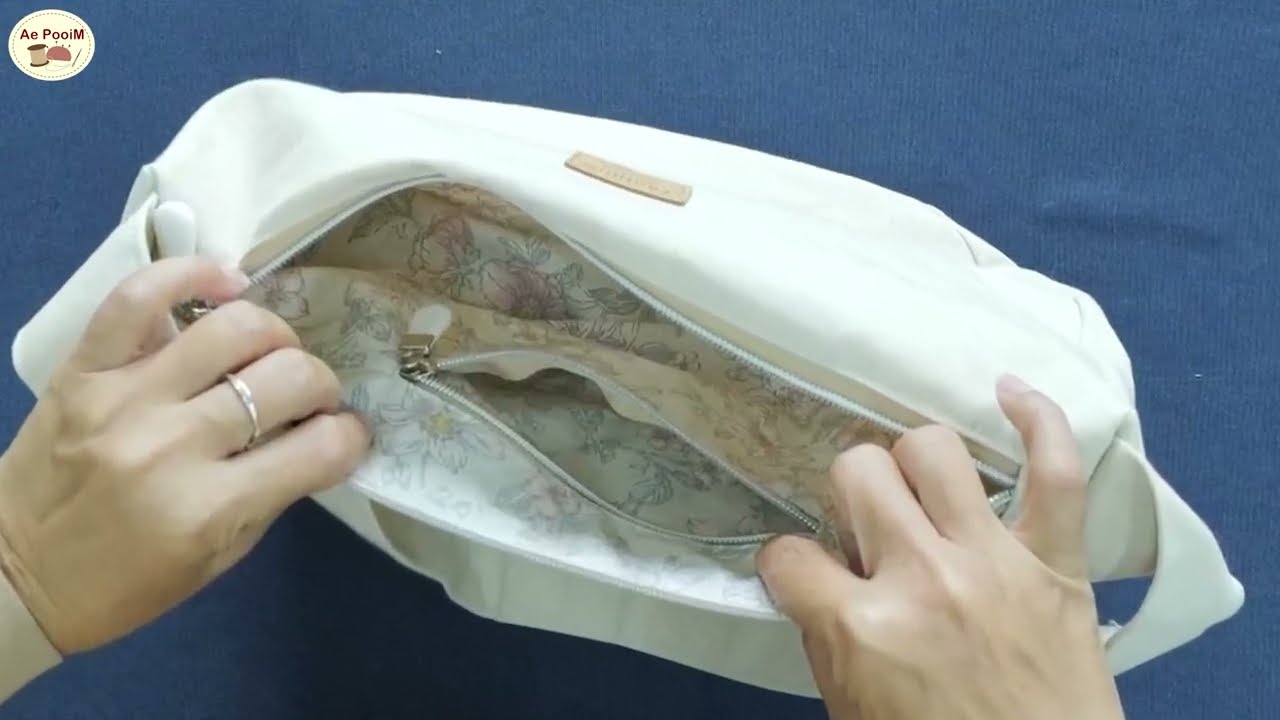
6. Combine Bags with Zipper Panel
- With your exterior bag right side out, find the center of its top opening on both the front and back. Mark these.
- Find the center of the exterior side of your assembled zipper panel.
- Align the center of the exterior side of the zipper panel with the center front mark of the exterior bag’s top opening, right sides together. Pin the entire exterior perimeter of the zipper panel to the top opening of the exterior bag.
- Stitch the zipper panel to the exterior bag with a 1/2 inch (1.25 cm) seam allowance.
- Repeat for the lining bag: With your lining bag wrong side out, align the center of the lining side of the zipper panel with the center front mark of the lining bag’s top opening. Pin the entire lining perimeter of the zipper panel to the top opening of the lining bag.
- Stitch the zipper panel to the lining bag with a 1/2 inch (1.25 cm) seam allowance.
7. Final Assembly & Finishing Touches
- Reach into the opening you left in the bottom of the lining gusset. Carefully pull the entire bag (exterior fabric, lining, and strap connectors) through this opening until it’s right side out.
- Gently push out all corners and curves to create a neat, defined shape for your bag.
- Press the entire bag thoroughly, paying special attention to the top seam where the zipper panel attaches to the main bag.
- Close the opening in the lining: Press the raw edges of the opening inwards by 1/2 inch (1.25 cm). Stitch the opening closed either by machine (topstitch very close to the edge for a quick finish) or by hand using an invisible ladder stitch for a seamless look.
- Push the lining down into the bag. Press the top edge of the bag again.
- Topstitch: For a professional finish and added durability, topstitch around the entire top opening of the bag, about 1/8 to 1/4 inch (0.3-0.6 cm) from the edge. This secures the lining to the exterior and prevents it from rolling out of the top.
- Attach the swivel clasps of your adjustable strap to the D-rings on the bag.
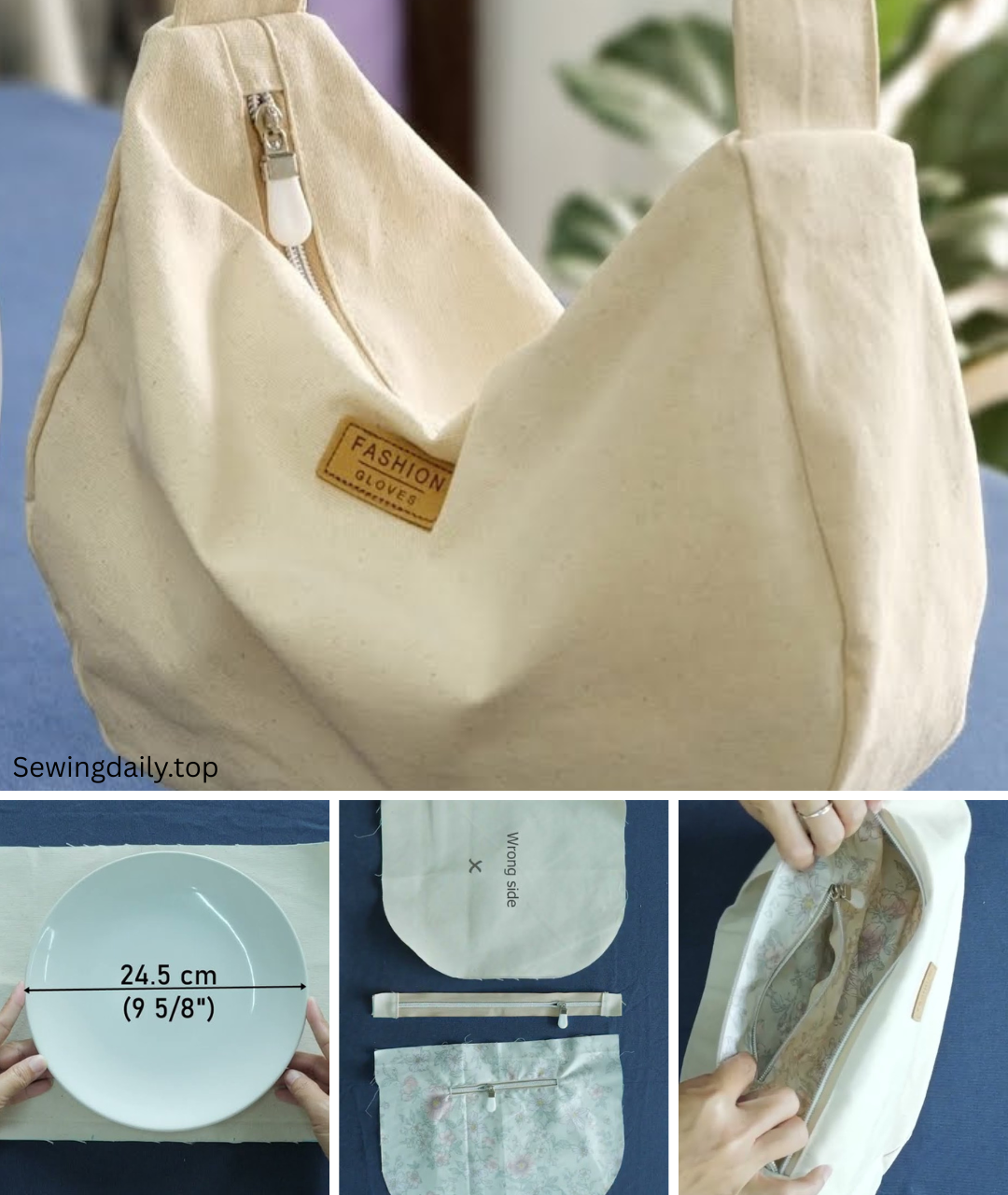
Customization Ideas:
- Pockets: Before assembling your lining bag, add simple patch pockets or a zippered welt pocket to the interior lining panels for better organization.
- Exterior Pockets: Consider adding a patch pocket or a magnetic snap pocket to the front or back exterior panel before assembling the exterior bag.
- Key Fob: Stitch a small fabric loop with a D-ring or swivel clasp inside one of your lining pockets for easy key attachment.
- Feet: Add bag feet to the bottom of your tote for extra protection and to keep it off surfaces.
You’ve now created a fantastic, secure, and stylish zipper shoulder bag! This project results in a durable accessory perfect for everyday use, whether for errands, work, or casual outings. Enjoy carrying your handmade creation!
Video tutorial:


